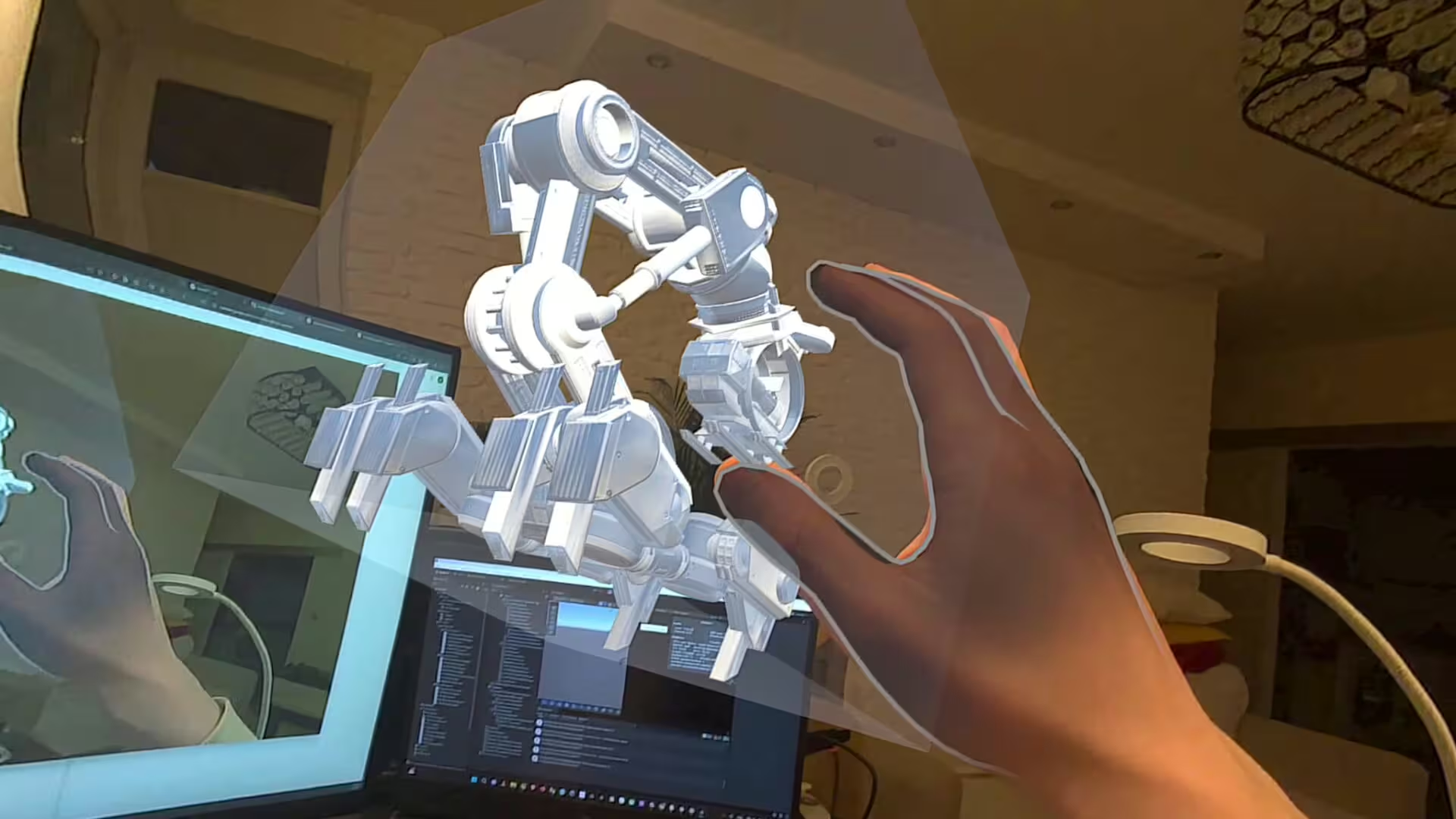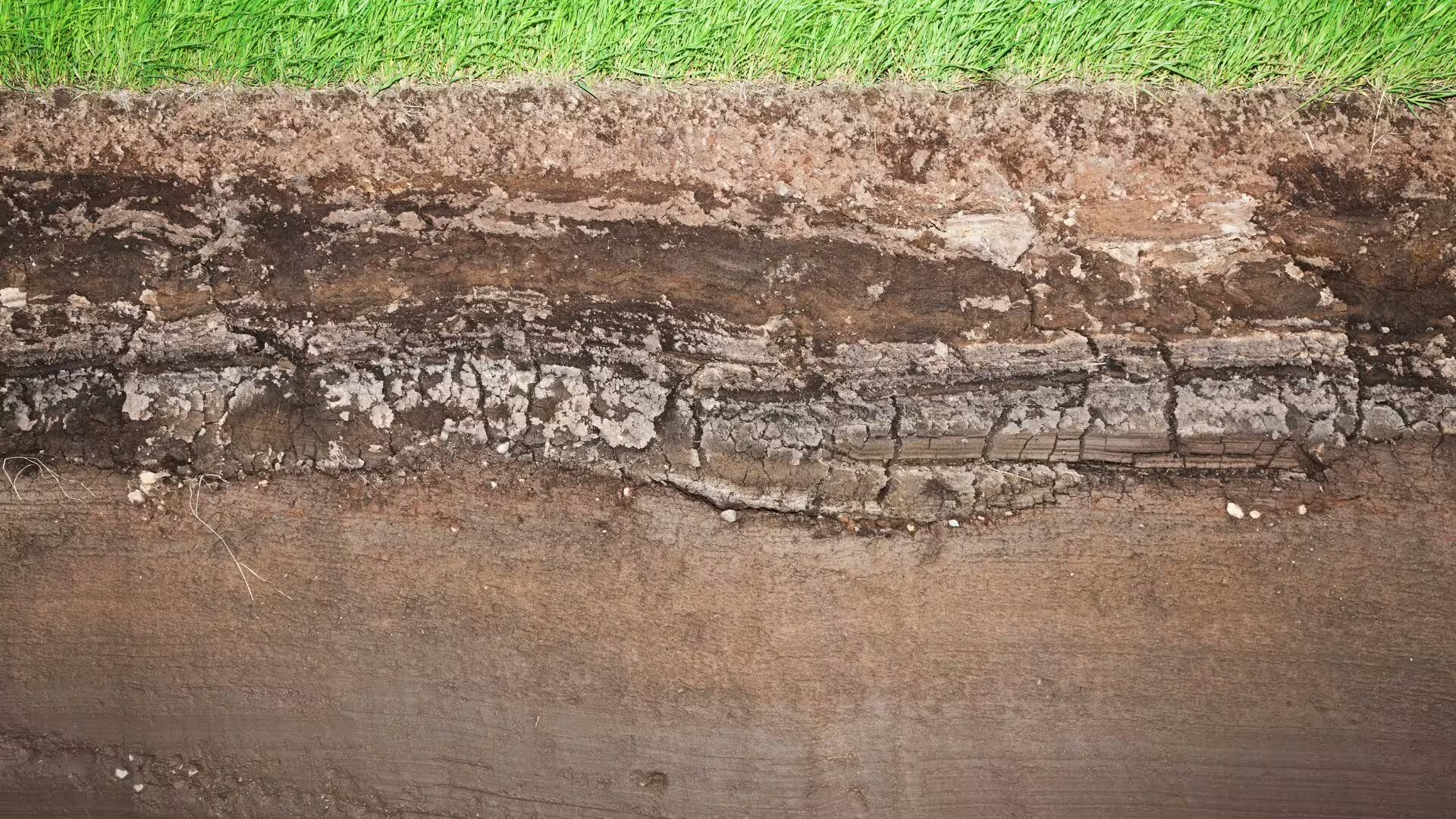This study presents the development and evaluation of an algorithm designed to filter noise from the weather radar reflectivity data. The algorithm was tested on composite radar products from the POLRAD network operated by the Polish Institute of Meteorology and Water Management (IMGW). The algorithm’s steps include spatial data transformation, clustering using the DBSCAN algorithm, and classification based on the shapes of identified structures.
The filtering process focuses on the typical spatial patterns of radar noise, including RLAN interferences (spikes) and circular noise structures. It uses the radial and angular characteristics of clusters. The algorithm was evaluated on 22 data time-points with varying noise conditions. The algorithm achieved 82% overall accuracy. For the noise detection program reached 53.4% precision and 50% recall. While the method effectively detects isolated noise structures, its performance decreases when noise merges with precipitation in clustered regions.
Limitations of the current implementation are primarily related to the clustering stage. Misclassification occurs due to overlap of different structures. At the current stage, the algorithm provides a valuable baseline for further improvements. Possible next iterations may involve more advanced shape analysis or machine-learning–based clustering and classification.
Praca przedstawia proces opracowania i oceny działania algorytmu filtrującego zakłócenia w danych odbiciowości z radarów meteorologicznych. Algorytm został przetestowany na złożonych produktach radarowych, pochodzących z sieci radarów POLRAD, zarządzanej przez Instytut Meteorologii i Gospodarki Wodnej (IMGW). Etapy algorytmu obejmują przestrzenną transformację danych, klasteryzację z wykorzystaniem algorytmu DBSCAN oraz klasyfikację opartą na geometrii zidentyfikowanych struktur danych.
Proces filtrowania koncentruje się na zakłóceniach o typowym kształcie, obejmując interferencję RLAN (szpice) oraz pierścieniowe struktury zakłóceń. Algorytm wykorzystuje szczególne cechy radialne i kątowe klastrów. Ocena algorytmu została oparta o dane z 22 punktów czasowych o zróżnicowanym poziomie zakłóceń. Algorytm uzyskał 82% dokładności detekcji (accuracy). Metryki obliczone dla detekcji zakłóceń wynoszą 53.4% dla precyzji i 50% odzysku (recall). Program skutecznie wykrywa odseparowane obiekty zakłóceń, jednak gorzej radzi sobie w przypadku zakłóceń nakładających się na komórki opadów.
Główne ograniczenia obecnej wersji są związane z etapem klasteryzacji; błędna klasyfikacja pojawia się w sytuacji nakładania się różnych struktur. Na obecnym etapie algorytm stanowi jakościową podstawę do dalszego rozwoju. Możliwe ulepszenia mogą obejmować bardziej skomplikowaną analizę kształtów struktur oraz oparcie klasteryzacji i klasyfikacji na metodach uczenia maszynowego.



